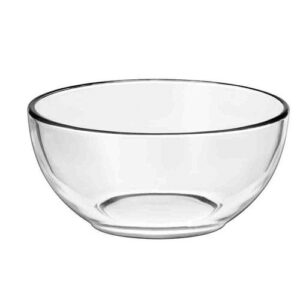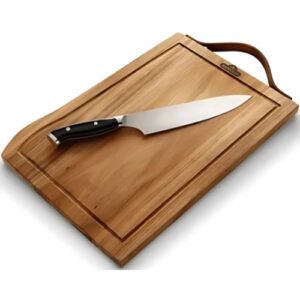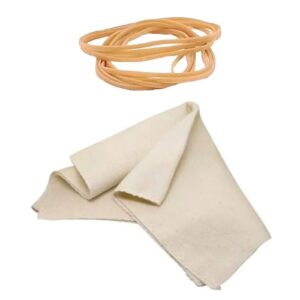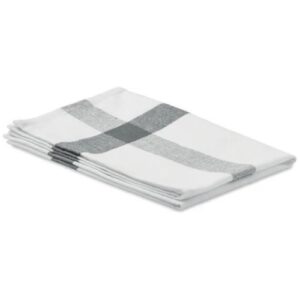The hardworking coal miners of Appalachia and Pennsylvania relied on preserving cabbage through fermentation to sustain their families through long winters. Sauerkraut provided essential nutrition, was inexpensive to make, and kept well in cool root cellars. This simple, time-tested method reflects the resourcefulness of mining communities who made the most of seasonal harvests, creating nourishing food that could last months without refrigeration.











